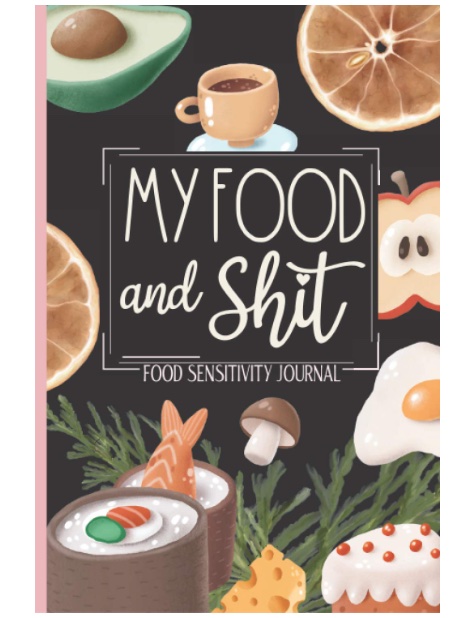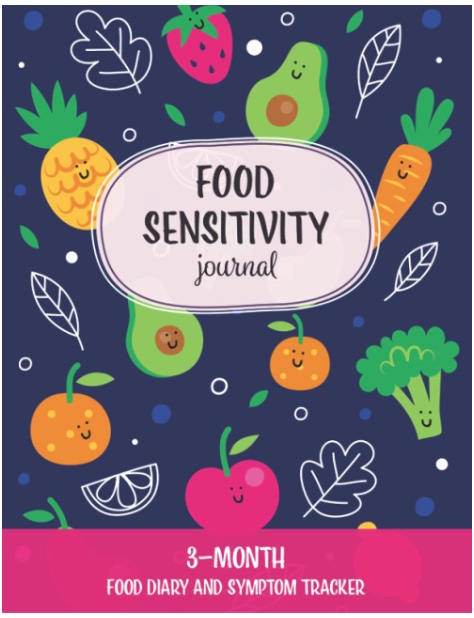To avoid flares and ease your symptoms, eat the right kinds of foods and avoid the wrong ones. Easier said than done, right? It is. The tricky part is finding the foods that trigger your flares. Each person is different, so finding those foods is essential. Keeping a food journal can help with finding those trigger foods.
As I stated in The Fibromyalgia Diet: The Good, the Bad, and the Ugly, certain foods can help ease the symptoms of fibromyalgia, while other foods can trigger flares. Having a flare means you are experiencing an increase in symptoms. Flares can last hours, days, weeks, or months.
Keeping a Food Journal
Step 1: Track Your Food
Write down everything you eat or drink. Do not leave anything out. This is the most essential part of discovering your body’s trigger foods.
Step 2: Track Your Symptoms
Establishing the link between the foods and your symptoms is essential. Take note of the symptom, its time of onset, its severity, and how long it lasts.
Step 3: Analyze Your Journal
Notice if symptoms increase or develop new symptoms. Look for patterns between your food intake and the onset of symptoms. Take your food journal to your physician. They may be able to identify any overlooked links between food and symptoms.
My Results
After I was first diagnosed, I tracked my food intake and symptoms for about a week or so. My physician immediately noticed a link between dairy and gluten foods and my stomach pains. She firmly believed that if I cut out these two foods, my stomach, and overall body pains would ease. She was correct.
Years later, I’m still avoiding dairy, gluten, soda, and sugary foods. It’s a bit harder to avoid sugary foods during the holidays, but it gets easier each year.
The type of journal you use as a food journal doesn’t matter. You can keep one of these notebooks –




Pingback: Food Equals Pain ~ You Are What You Eat - Leaving a Legacy
Pingback: You Have Fibromyalgia. Now What? Being Fibro Mom